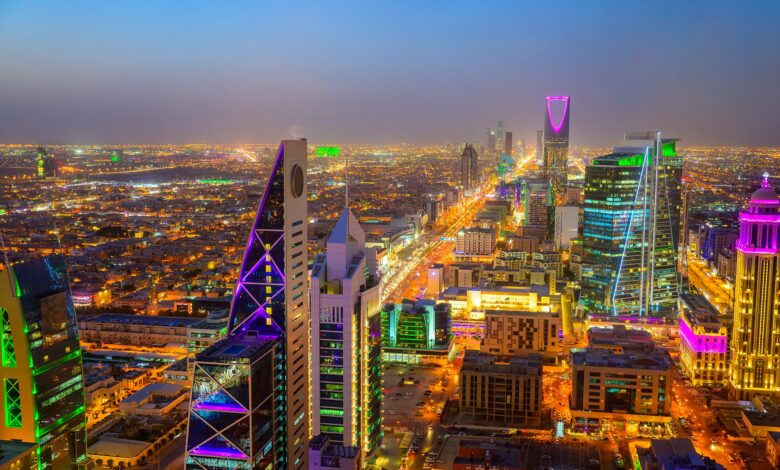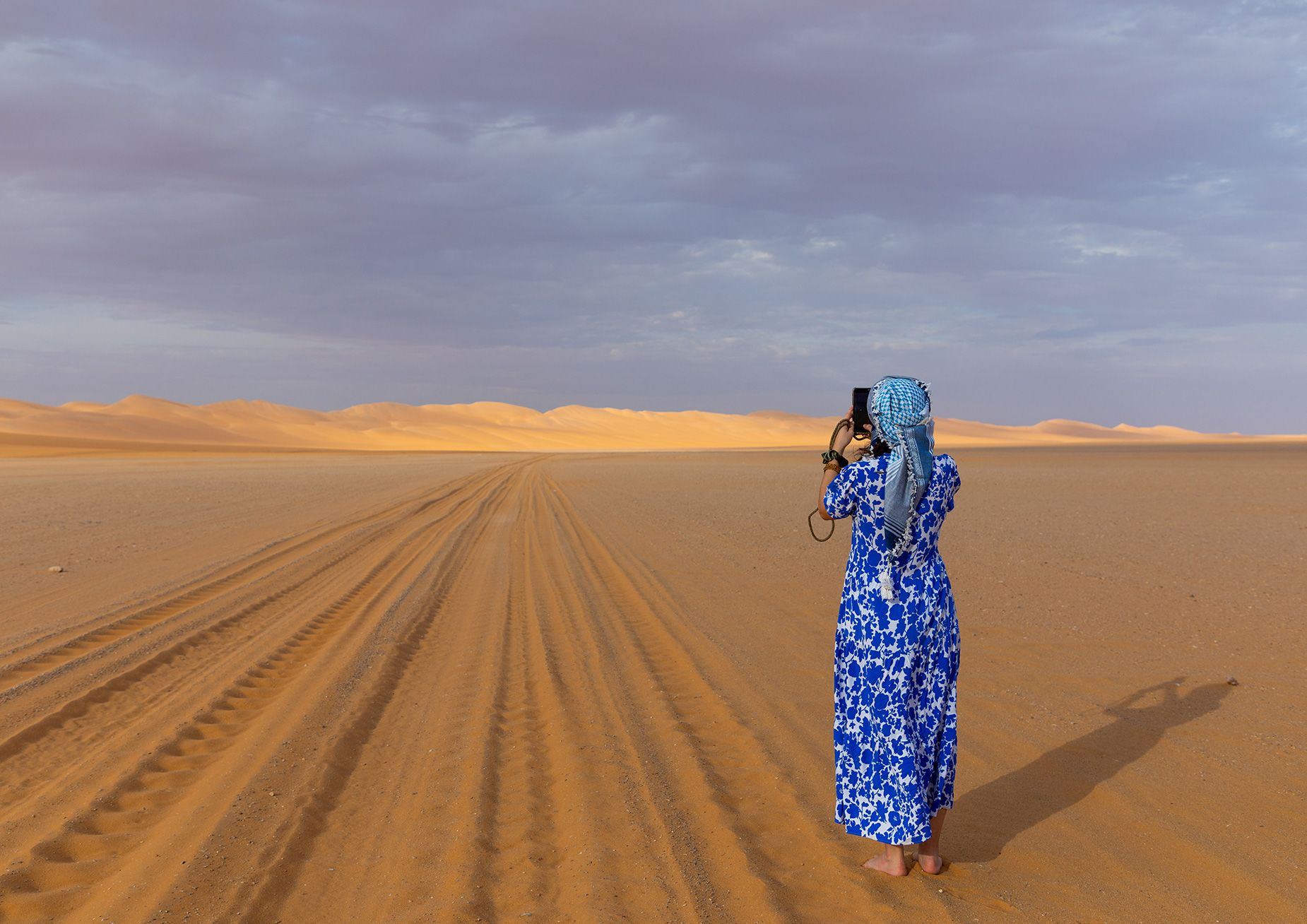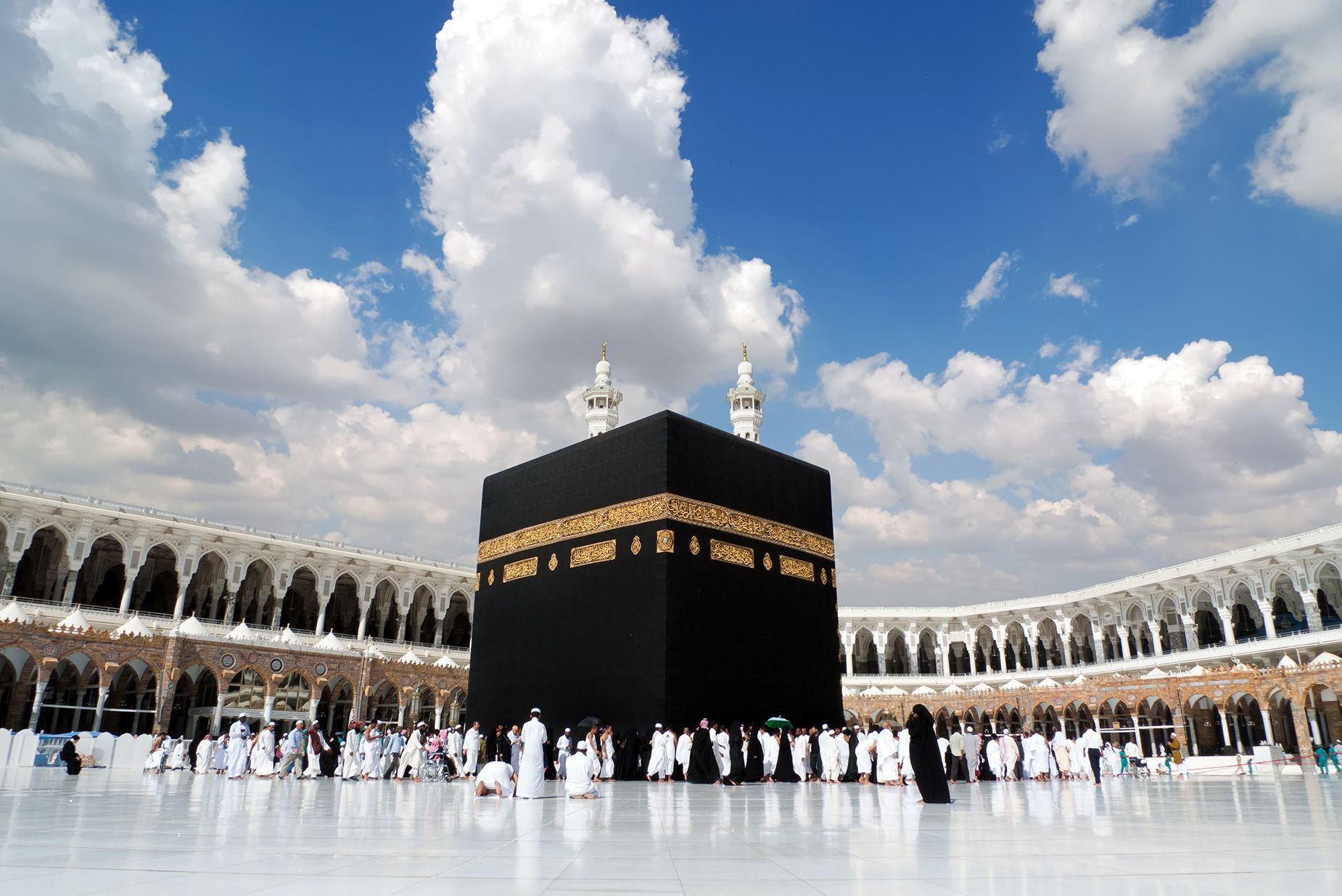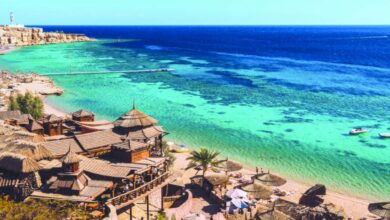
Editor’s Note: This CNN Travel series is, or was, sponsored by the country it highlights. CNN retains full editorial control over subject matter, reporting and frequency of the articles and videos within the sponsorship, in compliance with our policy.
Saudi Arabia has set an ambitious goal for itself: 150 million tourist visits by 2030. Travel e-visas, a growing number of international air links and a new 96-hour layover program have all made it logistically easier to visit.
However, for many first-time visitors, especially ones who aren’t familiar with the Middle East or Muslim-majority countries, it’s critical to do some research before setting off.
The first and most basic thing to know about Saudi Arabia is that it’s not closed off from the world. Although the country has only been offering tourist visas since 2019, things have moved pretty quickly since then.
Just like major cities in Europe or North America, Jeddah and Riyadh have hipster cafes, cool arts and culture venues, and major sports teams packed with international players.
Road signs, menus, maps and more are usually in both Arabic and English. Western credit cards are widely accepted, too.
How do I get there?
Saudi Arabia’s primary air hubs are its two biggest cities – capital Riyadh and port city Jeddah. Regular connections are available via Doha, Dubai, London, and other major gateways.
Once you’re traveling within the country, there are several options. Internal flights are easiest for popular tourist destinations like the oasis town of AlUla, which is where travelers go to access the archeological site of Hegra.
Saudi Arabia has also invested heavily in infrastructure, which includes high-speed rail. Right now, the system only serves Jeddah and the surrounding areas, namely the Muslim holy cities of Mecca and Medina, but there are plans to expand.
Foreign visitors can rent cars in Saudi Arabia, and both men and women can drive – provided their international driver’s licenses and other paperwork are in order.
Uber is available in larger cities, as are Middle East rideshare apps like Careem and Kaiian, both of which have English options. For street hails, there are taxi stands at busy areas like shopping malls and sports stadiums. Your hotel can also organize taxis for you.

What should I pack?
Bulgaria-born Elena Nikolova, who converted to Islam and now resides in Jeddah, makes a perfect bridge between locals and outsiders. On her website Muslim Travel Girl, she helps her followers know what to expect when they visit.
Nikolova also adds that while many women wear abayas, loose garments covering the body, or niqabs, which also cover the face, they’re not required for foreigners. “In big cities like Jeddah and Riyadh you don’t need to wear a scarf or abaya. Wearing clothes that cover your body is OK.”
However, she points out that location is important, as smaller villages in more rural areas might not have the same vibe as major cities. “It is better for you to wear a maxi dress for example or an open abaya and scarf [there],” she adds. According to Nikolova, these guidelines are not laws – it’s just about “fitting in.”
Kareem George, CEO of travel specialist and tour organizer Culture Traveler, also fielded clothing-related questions from his clients ahead of a Saudi Arabia tour.
“I was surprised by the variety of dress I observed,” he says. “Saudi women and men both in traditional dress as well as more contemporary attire. There was an overall modesty to the dress for both sexes, however there was a lot of variety in colors, styles and textures.”
That said, it’s not unusual to see some men wearing shorts (granted, knee-length ones like cargos, not short shorts) and polo shirts, as the rules for male clothing are more relaxed.
“There was not an expectation for a foreigner to wear a thobe,” George adds, referring to the traditional garment many men wear in the Middle East. “My Western dress was accepted and not considered rude in any way.”
When it comes to dressing, weather and terrain are important considerations. If you’re planning to hike or visit the desert attractions in AlUla, for example, you’ll want to take tips from the locals: loose-fitting clothing, lightweight fabrics like linen and natural cotton, and hiking boots. It’s not unusual to see a Saudi woman sporting sneakers with her abaya.
And while it’s okay for non-Muslims to visit mosques – a pretty common occurrence, as many are tourist attractions in their own right – proper dress is a must. Women should cover their hair to be respectful.
If you plan to visit mosques, pack some socks – you’ll be asked to remove your shoes to go inside.
Public displays of affection
Tourism is growing in Saudi Arabia and with it more cultural freedoms, but it’s important to remember that certain public displays of affection should be avoided.
No matter the gender or status of the people in a relationship, locking lips in public could result in some surprised stares.
“There is a general expectation of modesty in one’s deportment and respect of others’ personal space in public,” George says.
Nikolova adds: “You can hold hands, but kissing – especially for a prolonged time – is normally frowned upon, mostly because it makes [locals] uncomfortable. “PDA is reserved for couples in private in many Muslim countries.”
Some regulations around unmarried couples have loosened in recent years.
In 2019, Saudi authorities announced that unmarried foreign couples would be permitted to share hotel rooms.
The country’s national travel authority website indicates that LGBTQ tourists are welcome in Saudi Arabia. It says: “Everyone is welcome to visit Saudi, and we ask that they follow and respect our culture and traditions and laws, as you would when visiting any other country in the world.”
That said, it is important to note that gay sex is prohibited by law, with consequences including fines, jail time or even death. The UK Foreign Office, among others, warns its citizens that “homosexual or extra-marital sexual relations, including adultery, are illegal and can be subject to severe penalties.”
There are other social rules to be mindful of. Generally, unrelated men and women wouldn’t be in a private space together. However, this is one of those areas where you’ll need to look around you and do as the locals are doing.
It might be OK for a foreign woman and a local man to have a business meeting together if they’re somewhere public like a coffee shop or if they just keep the office door open. When it comes to greetings, a polite hello is plenty – not everyone will feel comfortable shaking hands or kissing on the cheek, especially with someone of the opposite gender.
In urban areas like Jeddah, single women often take taxis driven by men – but they are expected to always sit in the back.
“It is actually safe for women to travel in Saudi Arabia,” Nikolova says. “You will find that many women go out alone or with friends without issue, especially in large cities like Jeddah and Riyadh.”
Raising a glass
One of the most discussed topics for foreign tourists in Saudi Arabia is alcohol.
While other nearby majority-Muslim countries like Qatar and the United Arab Emirates do sell alcohol under very specific, limited conditions and have it available in hotels, that’s not the case in Saudi. Alcohol isn’t just unfashionable – it’s illegal, regardless of whether you’re a local or a tourist.
And that ban on alcohol isn’t only in practice once you’re on the ground in Saudi Arabia.
That law applies to Saudia, the country’s national airline, as well. If you’re accustomed to having a glass of wine to help you sleep on a long flight, you might want to consider buying a ticket on a carrier that does serve booze on board.

All in the timing
Mecca, Islam’s holiest city, is here in Saudi Arabia. Muslims are required to make the hajj, or religious pilgrimage to the city’s holiest sites, at least once in their lifetime.
Although it may sound like a bad time to visit Saudi Arabia, Nikolova says that if you’re not Muslim and want to see other parts of the country, hajj could actually be the best time to plan a trip.
While restrictions on tourists are put in place at Jeddah, the rest of Saudi Arabia remains open for tourists, says Nikolova. “Usually that time is also less crowded, as many locals and expats have two weeks off and leave the country for holidays.”
When it comes to visiting mosques, it’s best not to try to go on a Friday, which is the holiest day of the week, or during prayer times. Many mosques will post visitors’ hours outside, and the larger, more famous ones often have a website with more details.
However, there are some mosques you won’t be able to visit – namely those in Mecca and Medina. Those are restricted to Muslims only.
It might also be wise for non-Muslims to avoid visiting during Ramadan, which is the ninth month of the Islamic calendar. (In 2024, it’s likely to run from March 10 to April 8 – lunar months like Ramadan can vary a day either side)
“I would recommend avoiding Muslim countries during Ramadan because there is not much to do during the day,” Nikolova says, noting that because participants fast during the day and eat at night, shops and restaurants open later or not at all.
Many locals also advise against visiting in summer, as it’s normal for temperatures to top 120 degrees Fahrenheit (about 50 Celsius).
Due to the extreme heat, some businesses will close in the afternoon and reopen again later in the day. For example, in Jeddah’s historic al-Balad neighborhood, most cafes and stores shut for several hours at midday.
If you want to find a place that’s open for lunch, head to a mall – and also bring a sweater, as air-conditioning can sometimes overcompensate for the weather by being very strong.
The Red Sea’s luxurious waterfront resorts are best experienced in shoulder season, when prices are lower as well.
January is generally the coolest month of the year, with temperatures around 64-68 Fahrenheit (18-20 degrees Celsius). Winter is the ideal season for enjoying Saudi Arabia’s many outdoor activities, from hiking historic archeological sites to stargazing in the desert.
CNN’s Julia Buckley contributed reporting.




